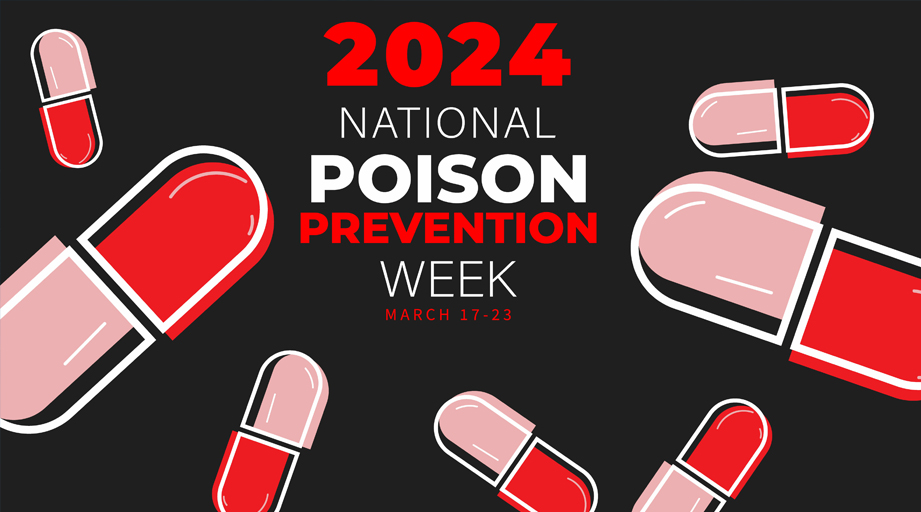
The Centers for Disease Control and Prevention’s 2016 release of core elements of outpatient antimicrobial stewardship had an energizing effect at Mercy Health Saint Mary’s in Grand Rapids, Michigan.
“It really lit a fire under our stewardship committee,” said Clinical Pharmacist Lisa E. Dumkow during an October 2 educational session at IDWeek 2019 in Washington, D.C.
Dumkow manages the pharmacist-led antimicrobial stewardship service for Mercy Health Saint Mary’s, a 350-bed community teaching hospital.
She said the stewardship service audits prescribing and provides feedback to the hospital’s emergency department (ED), urgent care centers, and some primary care offices. The service also manages laboratory culture test result review and patient follow-up for outpatient sites.
Dumkow, an infectious diseases (ID)-trained pharmacist, said the audit-and-feedback program led to prescribing improvements a primary care clinic that served as a pilot testing site.
She said the audit-and-feedback program led to prescribing improvements a primary care clinic that served as a pilot testing site.
At baseline, Dumkow said, fluoroquinolones accounted for 85 percent of the clinic’s antimicrobial prescribing, and the site wasn’t prescribing any of the preferred antimicrobial, nitrofurantoin.
She said the clinic’s onsite pharmacist provided feedback to prescribers for every audited prescription during the pilot period. In addition to educating prescribers about recommended antimicrobials, the feedback forms included positive messages thanking clinicians for their exceptional patient care and praising them when they chose an “excellent” treatment option.
“After six months, fluoroquinolone prescribing had gone down to about 10 percent or less, and [nitrofurantoin] was the number one-prescribed agent,” Dumkow said. She said the site also had a significant reduction in the average duration of antimicrobial therapy.
Dumkow said she started her stewardship work in 2013, focusing on the ED. When she first met the hospital’s ED pharmacists, they had already identified areas where antimicrobial prescribing practices could be improved and wanted to support the stewardship effort.
“Emergency medicine pharmacists are liable to be stewardship advocates for you. If you don’t have one I would advocate for one, because they’re fantastic,” Dumkow said.
She said the ED accounts for about 5 percent of the organization’s antimicrobial prescribing. But those medications are continued for about 80 percent of patients who are admitted from the ED. Thus, she said, improving the prescribing of antimicrobials in the ED can bring benefits to the inpatient setting.
One problem the stewardship service encountered in the ED was the existence of order sets with an inappropriate duration of therapy, such as 10 days instead of a recommended 5–7 day course.
“Don’t get sabotaged by electronic order entry,” Dumkow advised. “Talk to somebody in [information technology] and get your order sets to match what you’re recommending.”
She said one low-resource way to improve antimicrobial prescribing in the ED is to limit the medications and dosage forms that are stored in the area’s automated dispensing cabinets.
“If you don’t want them ordering something, don’t make it readily available for them,” she said. “Don’t put it in the cabinet, so they’ll have to call for it.”
Dumkow said ED physicians were eager to have pharmacists take over culture monitoring and follow-up, which is needed for about 20–30 patients each day.
When physicians managed this process, a different person was responsible for follow-up with patients each day, and the lack of continuity complicated the effort.
“This is a pretty broken process at most hospitals,” Dumkow said.
Her solution was to train the hospital’s postgraduate year 1 pharmacy residents to monitor culture test results, follow up with patients, and continue, discontinue, or change their therapy, as appropriate.
The residents continued this work when the stewardship service expanded to the hospital’s urgent care centers. An initial evaluation found that during 2016, clinical pharmacists and pharmacy residents evaluated more than 1,400 culture test results for the urgent care centers and made 320 patient follow-up calls.
Dumkow said each expansion of the stewardship service included outreach to physicians to allow the staff to become acquainted with each other and learn each others’ needs.
A common theme was that physicians wanted support and educational resources from the ID staff. For example, Dumkow said, ED physicians initially said they lacked ED-focused guidelines for antimicrobial prescribing.
Edward A. Stenehjem, ID physician for Intermountain Healthcare in Utah, said outreach to clinicians about ID services helped smooth last year’s launch of an outpatient stewardship program for the organization’s urgent care centers.
“In a lot of the ambulatory care settings, [clinicians] have a hard time getting in touch with subspecialists. They love it when they can reach out to you for a clinical question. So we have an ID clinical hotline they can call 24 hours a day, seven days a week,” Stenehjem said during the IDWeek session.
He said Intermountain Healthcare’s urgent care network logs more than 600,000 patient visits annually, and more than half are ID-related.
The stewardship service first focused on reducing the inappropriate prescribing of antimicrobials for respiratory conditions. Two months after the service started, Stenehjem said, the prescribing rate decreased by 11 percent — the equivalent of 1,700 fewer antimicrobial prescriptions written and 12,000 fewer days of antimicrobial use in the community.
“This is really pretty impactful,” he said.
Stenehjem said the outpatient stewardship service has emphasized to physicians that inappropriate antimicrobial use can lead to adverse drug events, hospitalization, and potentially deadly Clostridioides difficile infection. These stories, he said, are better received by clinicians and patients than are messages about the need to curb antimicrobial use to limit the development of resistance.
The stewardship team also asked patients about their expectations for care. Stenehjem said the team found that patients want to be heard, to get advice from a professional, and to feel better, but they don’t necessarily want an antimicrobial.
With that in mind, he said, the stewardship service supplied urgent care centers with brochures to reassure patients that they will get help for their symptoms even if they don’t need an antimicrobial.
Stenehjem said the stewardship service includes a dashboard that allows clinicians to examine prescribing activities throughout the urgent care network. He said clinicians trust the data because it’s current and fully transparent.
He said that even with a strong physician champion to direct antimicrobial stewardship at the urgent care centers, the work is challenging.
“Antibiotic prescribing for many primary care [providers] is not going to be a top priority,” Stenehjem said. “You’re going to have to figure out how are you going to incorporate this into their workflow.”
But he urged attendees to get involved in transitioning stewardship from the inpatient setting to outpatient services.
“This is where the antibiotics are,” he said.
[This news story appears in the March 15, 2020, issue of AJHP.]







